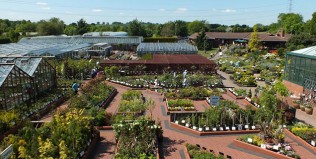Acid Soil
Soils with a pH value of below 7 are classed as Acidic Soils. When tested with a universal indicator solution they will give a yellow/orange/red reaction. This is caused by a high activity of hydrogen ions (H+). Ericaceous or calcifuges (lime-hating) plants are best suited to acid soils.





